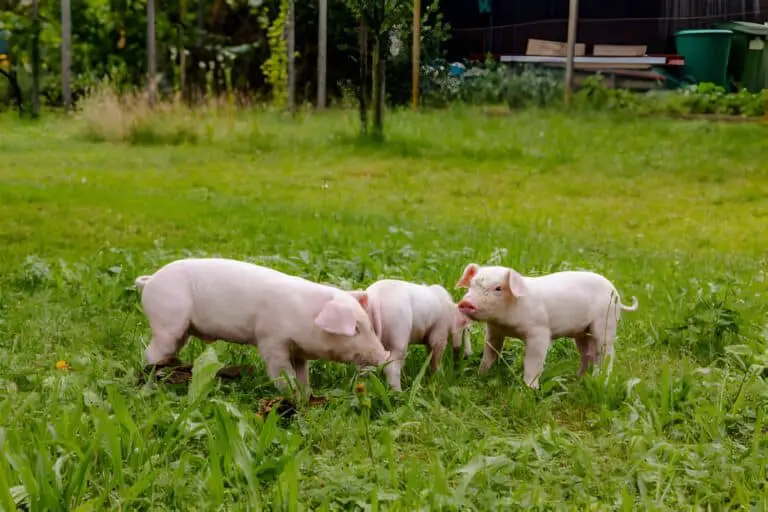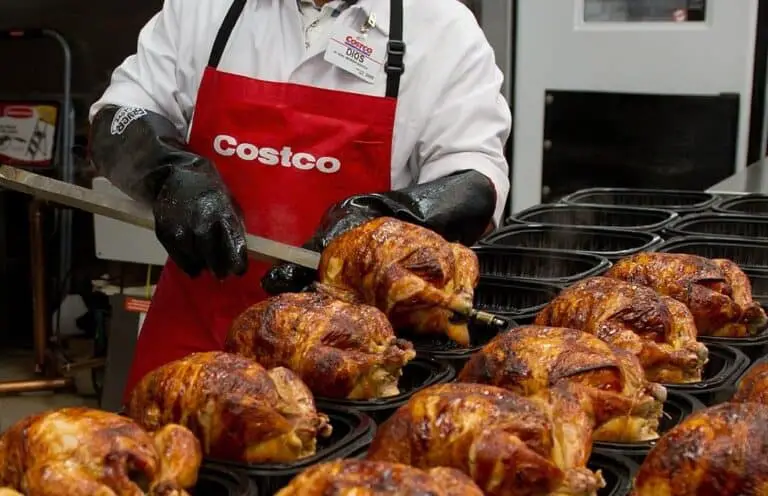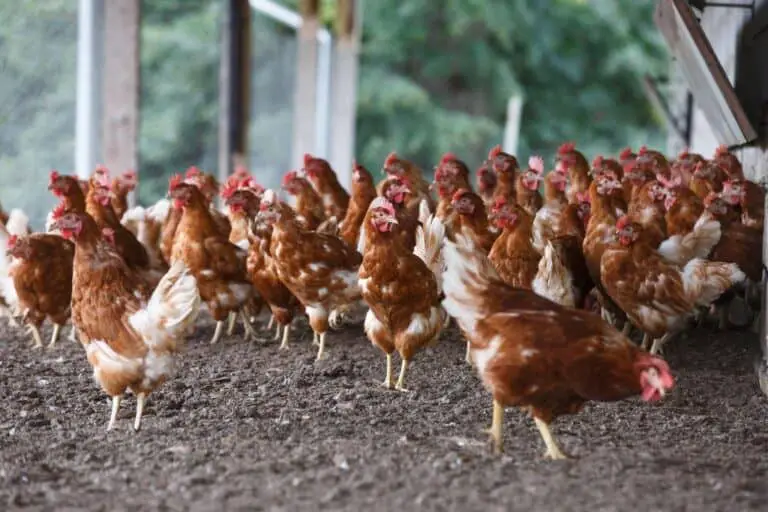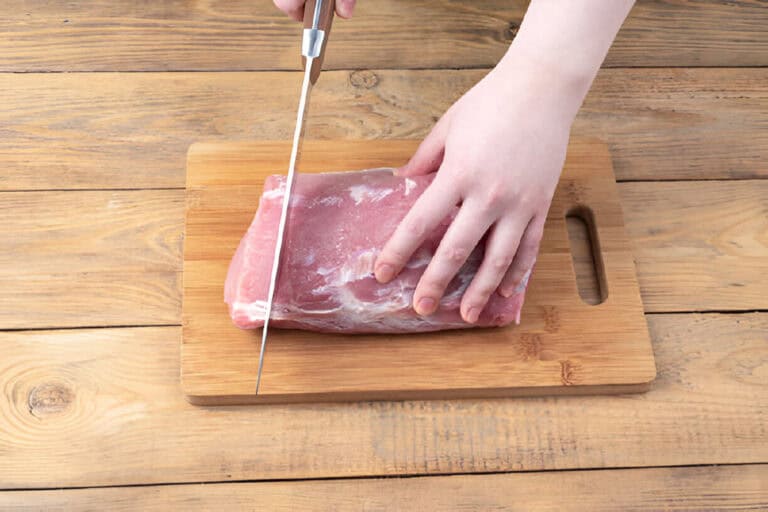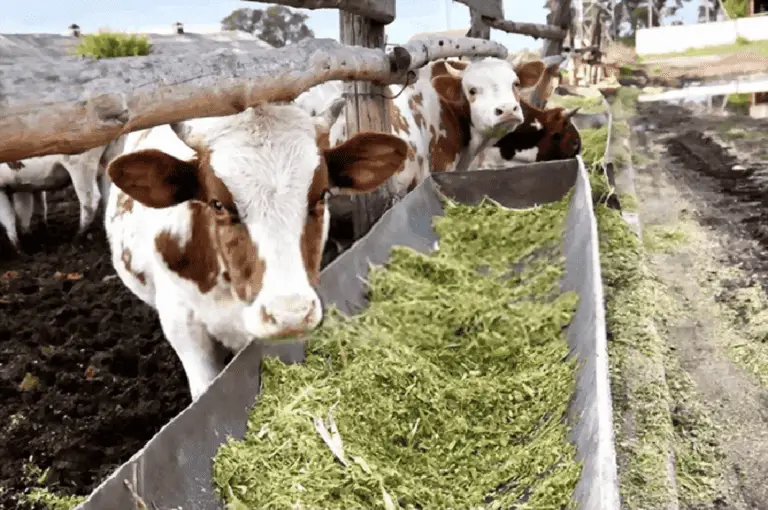The Reality of Free Range Chicken: Identifying Condition of Truly Free Range Chicken
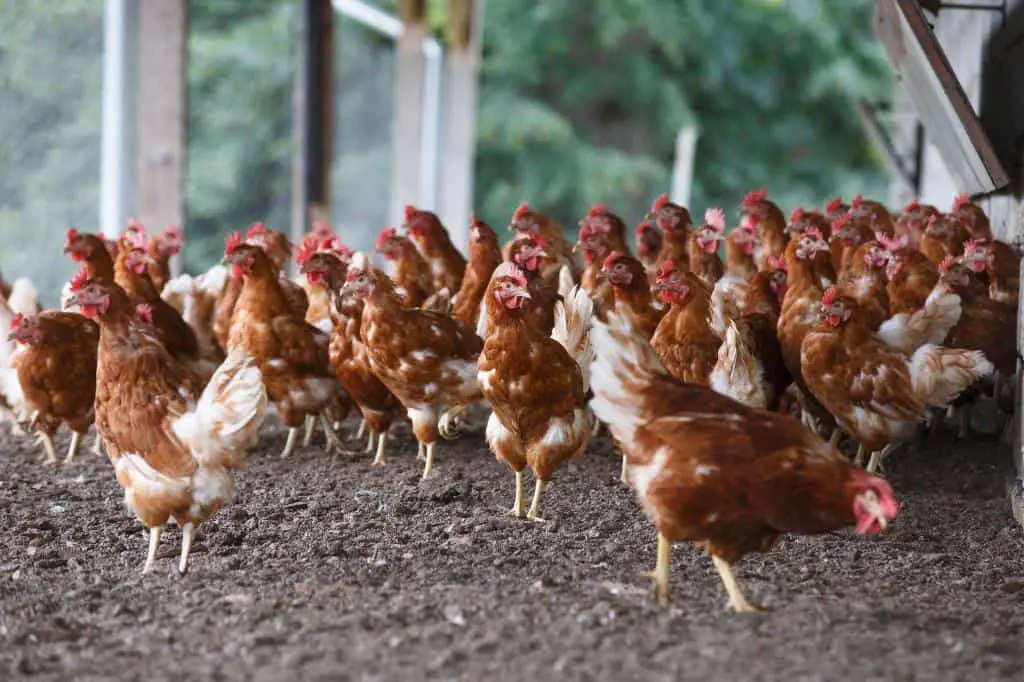
Are you concerned about the welfare of the chickens whose eggs and meat you consume? The rise in popularity of free range chicken products has led to an increase in demand for ethically and sustainably produced meat and eggs.
However, not all free range chicken farms are created equal, and the treatment of the chickens can vary greatly. In this blog post, we’ll dive into the reality of free range chicken and provide tips for identifying truly free-range chicken.
In addition to that, we will explain why it is necessary to find out if your chicken and eggs have been ethically sourced and provide tips for identifying free range chickens. We’ll provide a solution for those who cannot easily find out if the chickens they are buying are indeed free range.
Differences Between Free Range and Factory-farmed Chicken
Free range chicken and factory-farmed chicken are two different farming practices. Both practices raise chickens for meat and eggs but the main difference between the two is the living conditions of the chickens.
Free-range chickens per definition, are chickens raised in open fields and pastures, where they have access to the outdoors and can move around freely. They are not confined to small cages like factory-farmed chickens are.
This type of farming allows chickens to engage in natural behaviors such as foraging, dust bathing, and roosting, which can improve their physical and mental well-being. Free-range chickens are also often fed a diet that includes a variety of grains and insects. This can lead to more flavorful and nutritious meat and eggs.
Factory-farmed chickens, on the other hand, are raised in confined indoor spaces, such as large warehouses or barns. They are kept in small cages or crowded conditions, which can limit their movement and cause stress.
TEXT
VS
TEXT
They are typically fed a diet of genetically modified grains, which can lead to bland-tasting meat and eggs, and can also be harmful to their health. These chickens are also subject to debeaking, a process of removing the tip of the beak, to prevent them from pecking each other, a behavior that is caused by the crowded and stressful conditions.
From an environmental perspective, factory-farmed chickens can have a significant negative impact on the environment. Chickens raised in confinement produce a lot of waste that pollutes the air and water.
Free-range farms, on the other hand, may have a more sustainable impact on the environment. The chickens rely on natural pastures rather than pesticides and fertilizers.
The Reality of Free Range Chicken
The Standards for Free Range Chicken Production
Free-range chicken is a term used to describe birds that are allowed to roam and forage for food in open pastures, as opposed to being confined to small, indoor spaces.
In the United States, the USDA defines free-range chicken as birds that have access to the outdoors, but there are no specific requirements for the size or quality of that outdoor space.
In other countries, the standards for free-range chicken production may vary, and some may be more strict or specific than those in the US.
The Problems With the Current Free Range Chicken Industry
One of the main issues with the current free range chicken industry is that the term “free range” is often used as a marketing tool. It’s not an accurate representation of the conditions in which the birds are raised.
Many free range chicken farms may not meet the true definition of free range and may still confine their birds to small, crowded spaces or feed them a diet that is not natural.
A lack of oversight and regulation in how to raise free-range chicken industry can make it difficult for consumers to know for sure what they are buying.
The Importance of Understanding the Reality of Free Range Chicken
By understanding the reality of free range chicken, consumers can make more informed choices when purchasing chicken.
Knowing the true definition of free range chicken and being aware of the issues in the industry can help consumers identify truly free range products.
Being an informed consumer also helps to support farmers who are raising chickens in a truly free range and humane way and also help to improve the standard of free range chicken industry.
Are Free Range Chickens Treated Better?
Free range chickens are generally treated better than battery farmed chickens, as they are given the opportunity to roam freely and engage in natural behaviors such as foraging, dust bathing, and roosting. This type of farming can improve the physical and mental well-being of the chickens, and leads to more flavorful and nutritious meat and eggs.
Take note that free range is not necessarily cruelty-free and does not guarantee that the chickens were raised humanely. The lack of regulation and oversight in the industry can lead to poor living conditions and animal welfare issues. Many free-range chicken farms don’t have the same regulations and inspections as factory farms, which can lead to poor animal treatment and unsanitary conditions.
WARNING
The labeling and marketing of free range chicken products can be misleading, with some farms claiming to be free range when they are not actually providing the level of freedom and outdoor access that consumers expect.
Even though free-range chickens can go outside, they are still managed in ways that can hurt them, like having their beaks cut off. Additionally, free range chicken farms may still rely on the use of pesticides and fertilizers
How Can You Tell If Meat Is Free-range?
Free-range and farm-raised meat are two different types of animal farming practices that raise animals for meat and eggs. But can you tell the difference between the two types of meat just by looking?
- Color. Free-range meat tends to be darker in color than meat from animals raised in confined conditions. This is due to the fact that free-range animals are able to move around and engage in natural behaviors, which leads to more muscle development and a darker color of the meat.
- Marbling. Free-range animals tend to have less marbling than those that are raised in confined conditions. Marbling is the streaks of fat within the muscle, and the absence of it can be an indication of the animal’s diet and living conditions.
- Fat content. Free-range animals tend to have leaner meat than farm-raised animals due to their ability to move around and forage for food.
- Texture. Free-range meat tends to have a slightly firmer texture than farm-raised meat due to the animal’s muscle development from moving around.
- Taste. Free-range meat tends to have a more robust and complex flavor than farm-raised meat due to the animal’s diet, which includes a variety of grains and insects, as well as its ability to move around and engage in natural behaviors.

Tips for Identifying Truly Free Range Chicken
- Look for certifications. Some certifications, such as Animal Welfare Approved or Certified Humane, have strict standards for free range chicken production and can provide assurance that the birds were truly raised in a free range environment.
- Read the label. Look for specific information on the label, such as “pasture-raised” or “outdoor access,” which can indicate that the birds were truly free range.
- Get to know your farmer. If possible, visit the farm where the chicken was raised or speak with the farmer to learn more about their production practices.
- Check the stocking density. Many certifications, like the RSPCA Approved Farming Scheme, have strict standards for stocking density, which ensures that the chickens have enough space required to move around and engage in natural behaviors.
- Ask about the use of antibiotics. Free range chicken farmers should not use antibiotics in their production process. If you are uncertain, ask the farmer about their use of antibiotics.
- Check the living conditions. Look for clear indications of outdoor access, such as grass, bushes or trees in the farm. Also, you can look for the presence of natural light, fresh air, and room for movement.
- Check for other farm practices. Some free-range chicken farmers may use other sustainable farming practices such as crop rotation, composting and rainwater harvesting.
- Research online. Look up the farm or company online, read customer reviews and check out their website to learn more about their farming practices and certifications.
Conclusion
In conclusion, while free range chicken farming may seem like a more humane and sustainable alternative to traditional factory farming, it’s important to be aware that the treatment of the chickens can vary greatly depending on the farm’s management practices and certifications.
Consumers should be vigilant when purchasing free range chicken products and look for certifications from reputable organizations, such as Animal Welfare Approved or Certified Humane, which have strict standards for free-range chicken production.
Additionally, consumers can look for specific information on the label, such as “pasture-raised” or “outdoor access,” which can indicate that the birds were truly free range. It’s also a good idea to visit the farm or speak with the farmer to learn more about their production practices, check the stocking density, and ask about the use of antibiotics.
By following these tips, consumers can make more informed purchasing decisions and ensure that they are buying truly free range chicken, which is ethically and sustainably produced.

